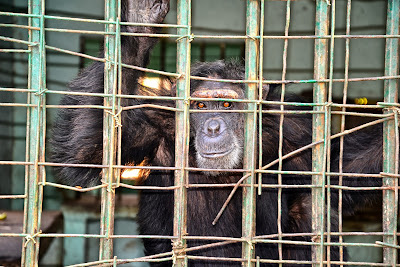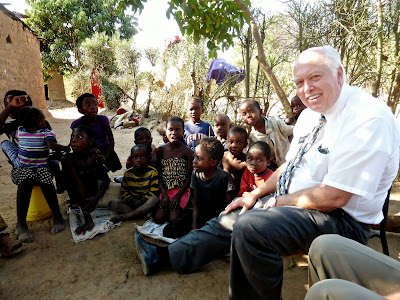This type of reed furniture is sold along the streets of Lusaka
At first I thought it was imported from somewhere.
There are only about three basic styles
It wasn't long before I noticed a fellow behind the inventory working away.
I have only seen men making reed furniture.
Some styles are very stiff and square, some have a few more curves.
This type of furniture is made from a smaller round reed.
The weaving is quite fine. It takes two to three days to make a chair and five days for a couch.
The darker color is achieved by applying a stain/varnish.
On one corner near our house is a group of men from near Kitwe to the north.
Just to the west of Kitwe is a large swamp/lake that provides most of the reeds used.
These items are made with a wider reed and they tend to make more bookcase and dresser type items.
They worked very fast while I chatted with them. There fingers were blurs and it took a lot of concentration and strength to keep everything even and continuous with reeds stopping and starting.
Frame and seat can be completed in a day.
Once we showed we were really interested in their work they were happy to share it with us, even though we weren't buyers that day.
I would think that selling cushions at the same place would increase their profits but no one does.
First of all no women are involved and trying to keep them dry and clean in that environment would be almost impossible.
These are some of the basic raw materials.
Here a simple bookcase is being created. We have a couple of these in our home and so do most of the missionaries.
This area is a little more upscale so there are dog beds available too.
They also make chicken coops. They are just small little houses that have a ramp up to the door.
This guy is making rabbit nesting boxes.
We broke down and bought a chair for the bedroom. The cost was less than $50 USD and probably took three days to make. With the cost and labor of procuring the raw materials it works out to less than $2 per hour.
The new chair in our bedroom allows me to more easily put on and tie my shoes and we can now get away from each other and read quietly in another room. Maybe the honeymoon is over?
Last, I thought I would show you the other type of sofa/chair sets that are sold here. This is what is in most of the homes I have visited. The stuffing seems to come out quickly and it isn't long before you are on thread bare cloth on boards. It seems once furniture is placed in a home it stays forever. I think it would take a fire for them to get rid of it. You can find hundreds of these in one place or another.



























































